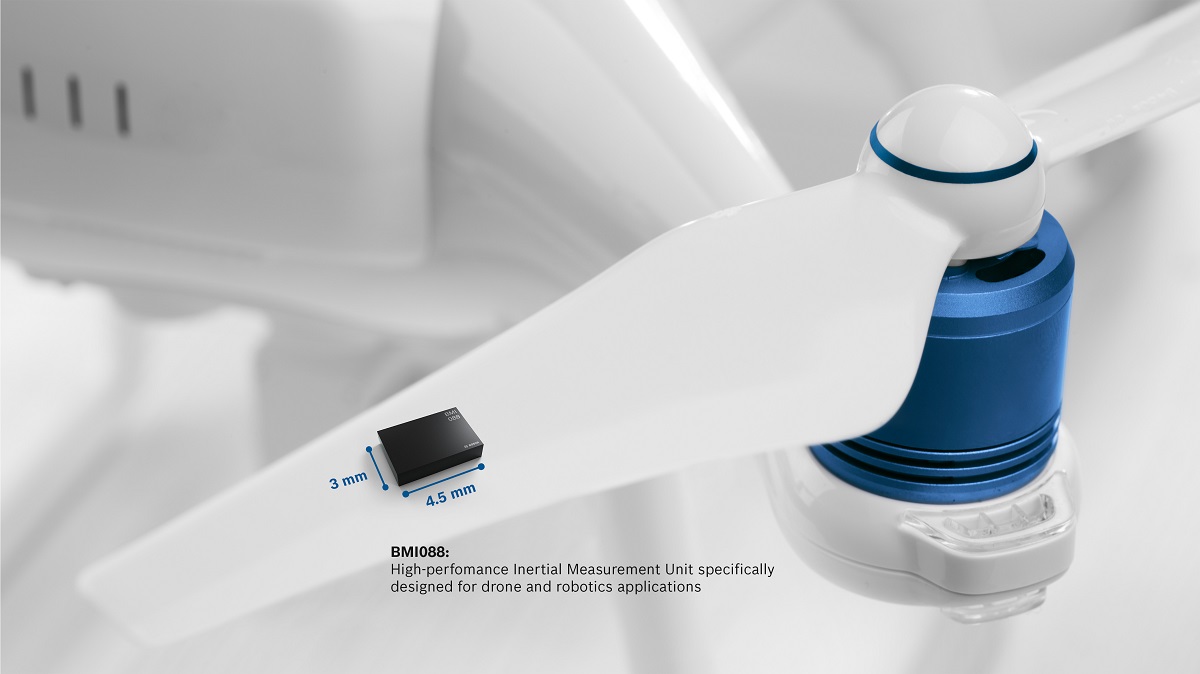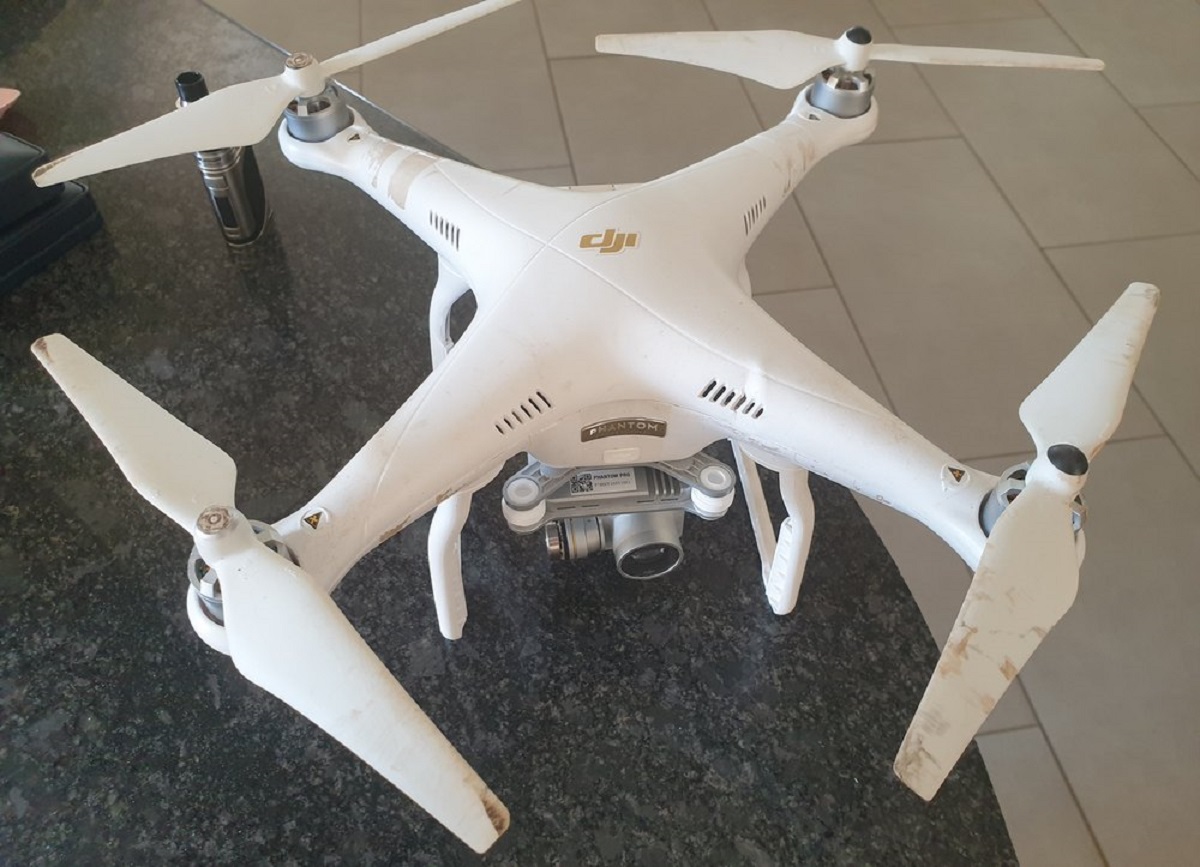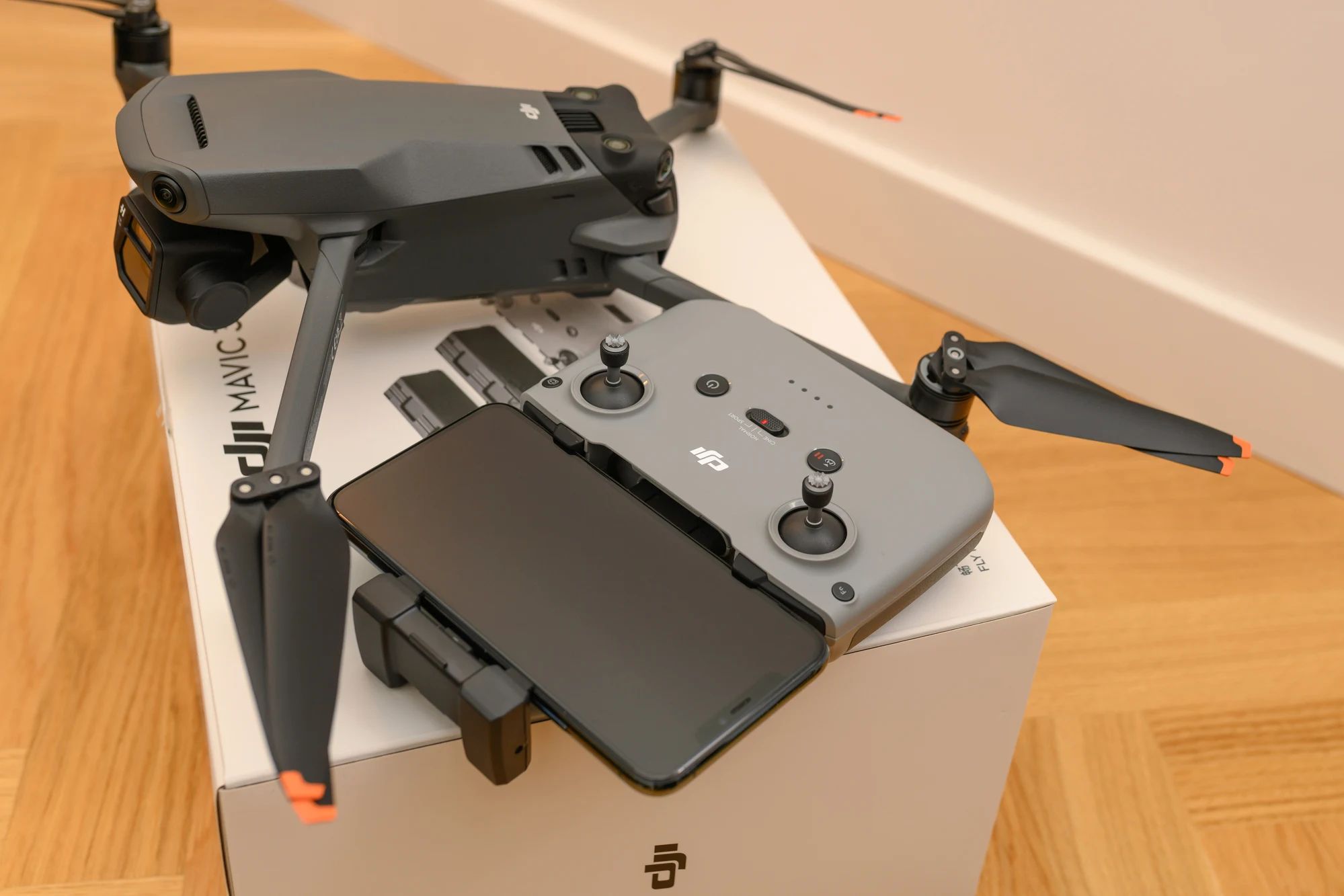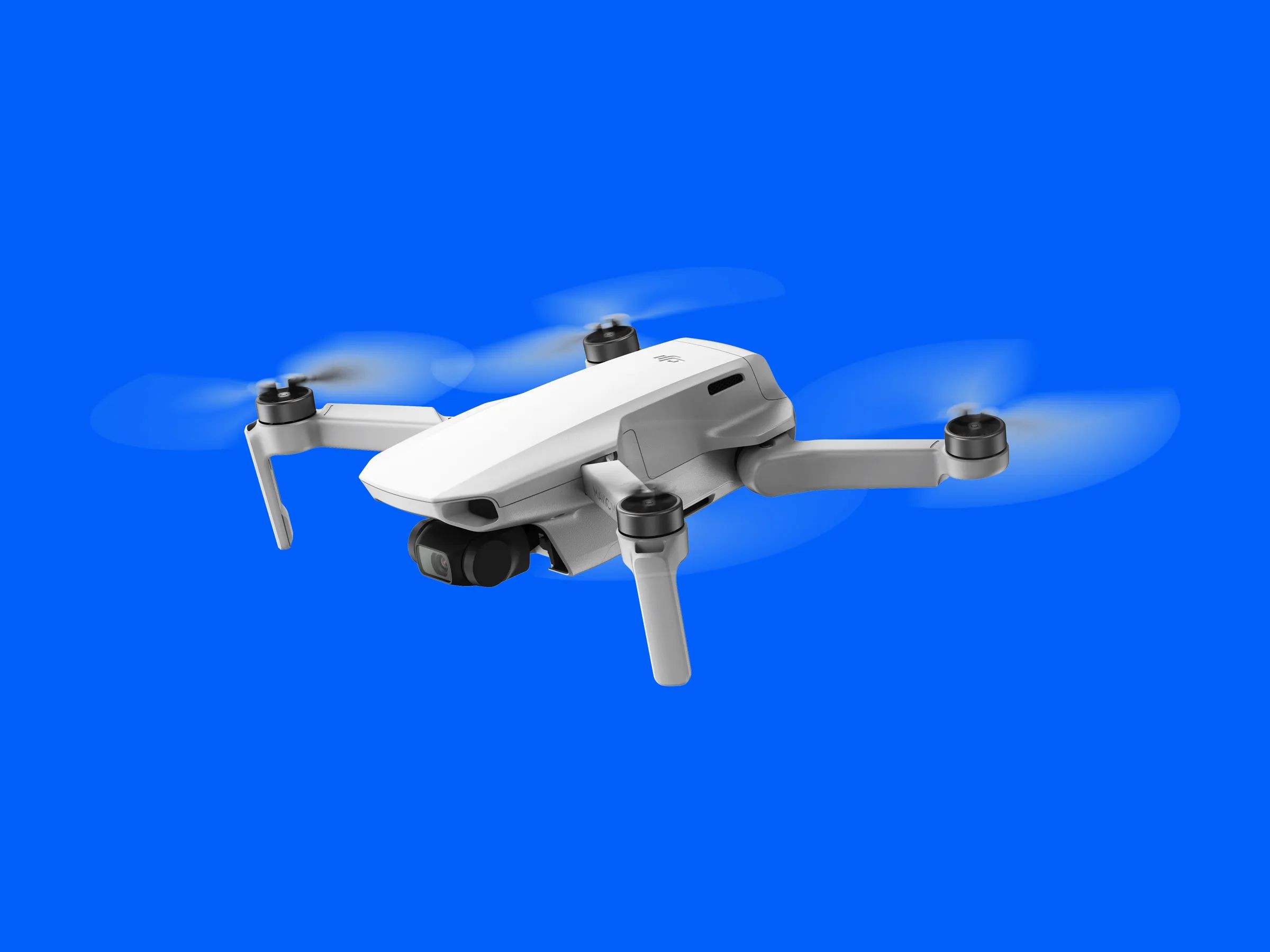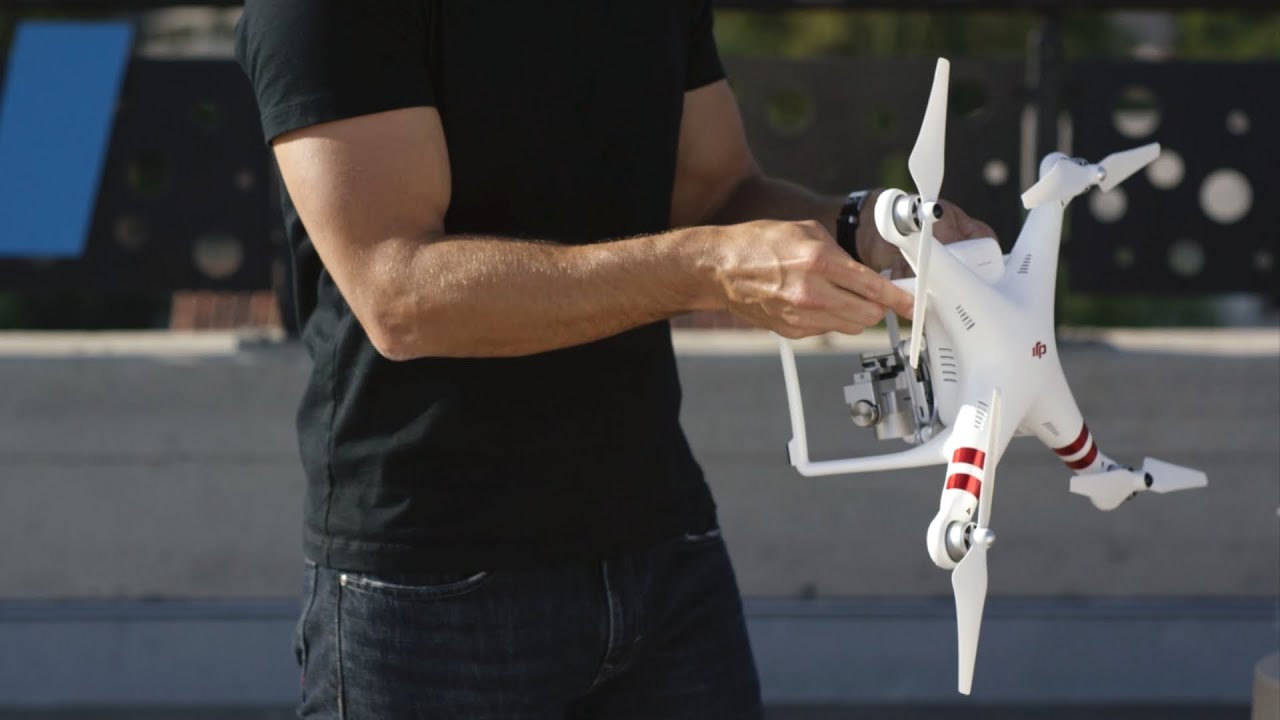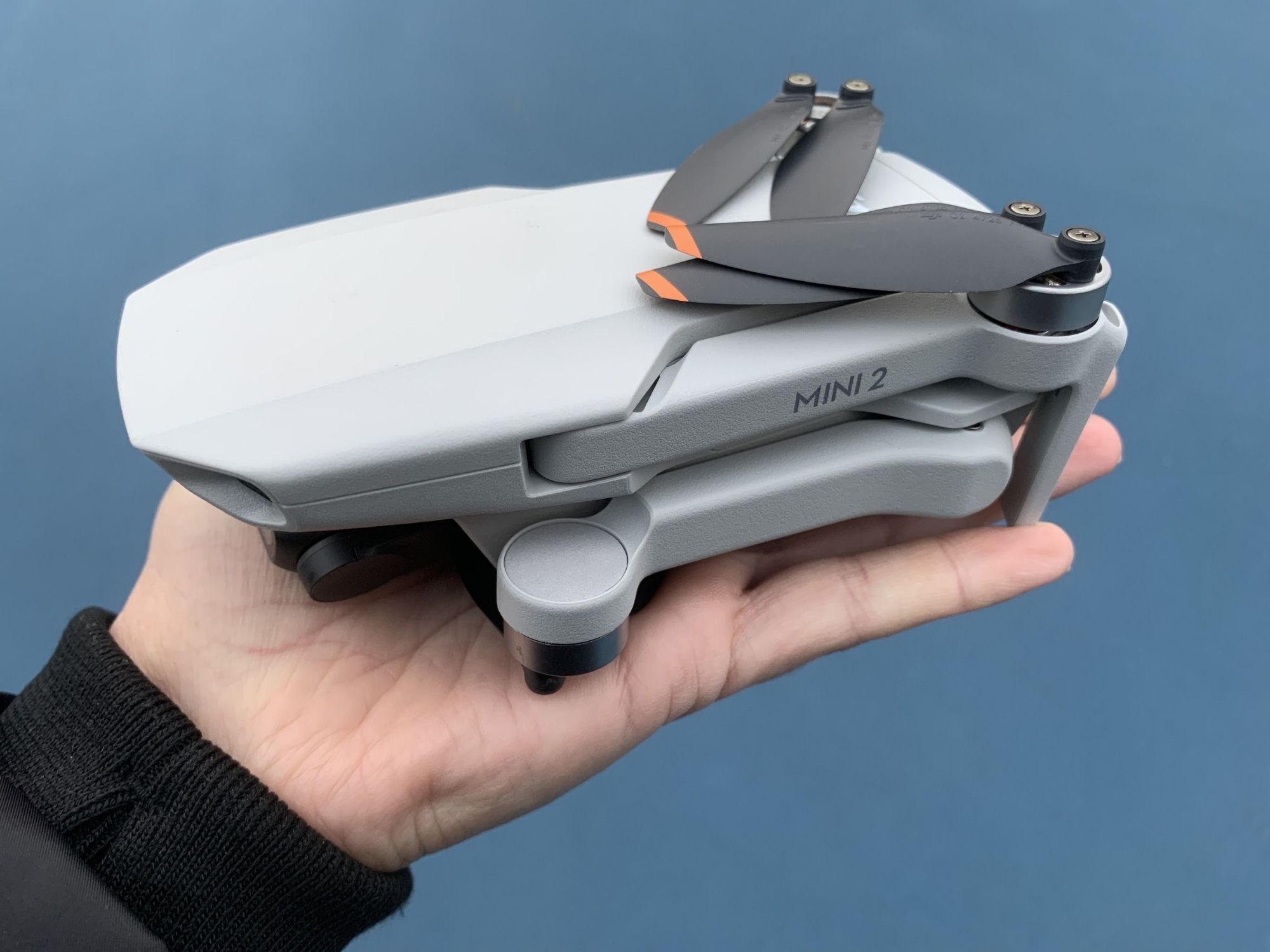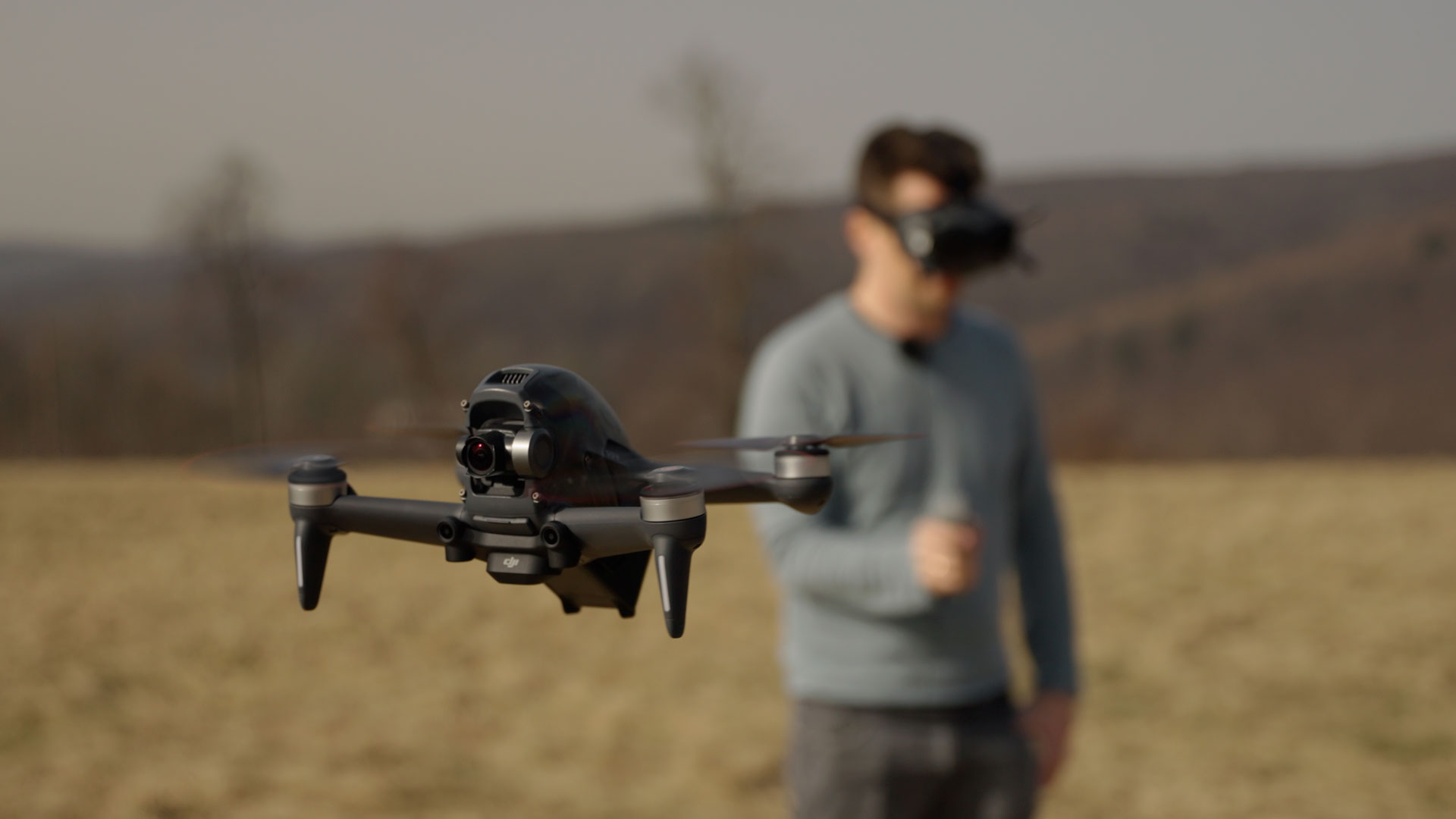\
Introduction\
\
Unmanned Aerial Vehicles (UAVs), commonly known as drones, have become increasingly popular in recent years. These versatile flying machines are used for various purposes, including aerial photography, surveillance, delivery services, and even recreational flying. As drones continue to evolve and become more advanced, they rely on a multitude of components to function effectively. One crucial component that plays a vital role in their operation is the Inertial Measurement Unit (IMU).
\
The IMU is a sophisticated electronic sensor system that provides critical data about the drone’s position, orientation, and motion. It consists of several sensors, including accelerometers, gyroscopes, magnetometers, and barometers, which work together to collect and process this essential information. By analyzing the data from these sensors, the drone’s flight controller can make precise adjustments to maintain stability, navigate accurately, and execute flight maneuvers.
\
Understanding how an IMU works and its components is essential for drone enthusiasts and professionals alike. This article will delve into the intricacies of a drone IMU, explaining its function and the role each sensor plays in ensuring the drone’s stability and performance.
\
What is a Drone IMU?\
\
A drone IMU, or Inertial Measurement Unit, is a critical component that provides essential data about the drone’s orientation, motion, and position. It is responsible for measuring and recording changes in acceleration, angular velocity, and magnetic field strength. This information is crucial for stabilizing the drone during flight, maintaining its position, and enabling precise control.
\
The IMU typically consists of several sensors, including accelerometers, gyroscopes, magnetometers, and sometimes barometers. These sensors work together to gather data and provide a comprehensive understanding of the drone’s movement in three dimensions: roll, pitch, and yaw.
\
By continuously monitoring the drone’s orientation and motion, the IMU feeds this data to the flight controller, which processes it to make real-time adjustments. These adjustments are necessary to counteract external forces like wind gusts and to execute flight maneuvers with accuracy and stability.
\
Without a reliable IMU, a drone would struggle to maintain a stable flight and accurately respond to user commands. It would be prone to drifting or uncontrollable movements, compromising its overall performance and safety.
\
Furthermore, the IMU plays a crucial role in enabling advanced flight features such as autonomous flight, waypoint navigation, and obstacle avoidance. These features heavily rely on precise and accurate measurements from the IMU to ensure the drone’s precise movements and safe navigation.
\
How Does an IMU Work?\
\
The Inertial Measurement Unit (IMU) works by leveraging the principles of physics and the data collected from its sensors to determine the drone’s orientation, motion, and position.
\
The core sensors of an IMU include accelerometers, gyroscopes, magnetometers, and sometimes barometers. Accelerometers measure linear acceleration along the three axes (X, Y, and Z), while gyroscopes measure the drone’s angular velocity. Magnetometers detect changes in the Earth’s magnetic field, and barometers measure atmospheric pressure, which can help estimate altitude.
\
By combining the data from these sensors, the IMU can calculate the drone’s orientation in three dimensions: roll (tilt to the side), pitch (tilt forward or backward), and yaw (rotation around the vertical axis).
\
The accelerometer measures changes in acceleration, allowing the IMU to detect changes in speed or direction. For example, when the drone accelerates forward, the accelerometer detects the change in velocity and sends this information to the flight controller.
\
The gyroscope, on the other hand, measures the drone’s angular velocity. It provides information about how fast the drone is rotating around each axis. By integrating the data from the gyroscope over time, the IMU can determine the drone’s current orientation.
\
The magnetometer measures the Earth’s magnetic field, which remains relatively constant except for localized disturbances. By comparing the magnetic field’s strength and direction to a known reference, the IMU can correct for these disturbances and provide a more accurate heading.
\
In some IMUs, a barometer is also included. It measures the atmospheric pressure, which decreases with altitude. By comparing the measured pressure to the known atmospheric pressure at ground level, the IMU can estimate the drone’s current altitude.
\
Together, these sensors provide valuable data to the flight controller, allowing it to make precise adjustments to the drone’s motors and control surfaces. By continually analyzing this data, the flight controller can maintain stability, accurately respond to user inputs, and execute complex flight maneuvers.
\
Components of a Drone IMU\
\
The Inertial Measurement Unit (IMU) of a drone consists of several essential components that work together to gather and process data accurately. These components include accelerometers, gyroscopes, magnetometers, and barometers.
\
Accelerometers are at the core of an IMU. They measure linear acceleration along the three axes – X, Y, and Z. These sensors detect changes in velocity, allowing the IMU to determine the drone’s movement and speed. By integrating the acceleration data over time, the IMU can calculate the drone’s position and velocity, as well as detect changes in motion.
\
Gyroscopes, on the other hand, measure the drone’s angular velocity around each axis. They provide data on the rate at which the drone is rotating, allowing the IMU to determine its orientation. By continuously monitoring the gyroscopic data, the IMU can accurately track the drone’s roll, pitch, and yaw, ensuring stable flight and precise control.
\
Magnetometers are another important component of an IMU. These sensors measure the Earth’s magnetic field. By comparing the measured magnetic field strength and direction to a known reference, the IMU can determine the drone’s heading or compass direction. This information is crucial for navigation and maintaining a proper course.
\
In some IMUs, a barometer is included. Barometers measure atmospheric pressure, which decreases with increasing altitude. By comparing the measured pressure to the known pressure at ground level, the IMU can estimate the drone’s altitude. This data is valuable for maintaining the drone’s height above ground level and executing altitude-related maneuvers.
\
Each of these components plays a critical role in the overall functionality and performance of a drone’s IMU. They work together to provide data on the drone’s orientation, motion, speed, and altitude. By accurately collecting and processing this data, the IMU enables the flight controller to make real-time adjustments to stabilize the drone, maintain its position, and execute precise flight maneuvers.
\
Accelerometer\
\
An accelerometer is a fundamental component of a drone’s Inertial Measurement Unit (IMU) that measures linear acceleration along the three axes – X, Y, and Z. It plays a crucial role in providing essential data for stabilizing the drone during flight and maintaining its position.
\
The accelerometer works based on the principles of Newton’s second law of motion. It consists of tiny, sensitive microelectromechanical systems (MEMS) that detect changes in acceleration and convert them into electrical signals.
\
When the drone experiences changes in velocity or direction, the accelerometer detects these changes and measures the corresponding acceleration along each axis. This information is then sent to the flight controller, which uses the data to make real-time adjustments to the drone’s motors and control surfaces.
\
For example, if the drone starts to tilt to the right due to wind gusts, the accelerometer will sense the change in acceleration along the Y-axis and send this information to the flight controller. The flight controller will then adjust the motor speeds or control surfaces to counteract the tilt and stabilize the drone.
\
Accurate accelerometer data is crucial for maintaining stability, especially in challenging conditions or flight maneuvers. By continuously monitoring the drone’s acceleration, the IMU can ensure precise control, responsiveness, and smooth flight experience.
\
It’s important to note that accelerometers measure proper acceleration, which is the acceleration experienced by the drone relative to the Earth’s gravitational field. This means that they can also provide information on the drone’s angle of inclination, known as pitch and roll.
\
Overall, the accelerometer is a vital sensor in a drone’s IMU, enabling the flight controller to make real-time adjustments to ensure stability, maneuverability, and accurate position maintenance. Without the accelerometer’s precise measurements, the drone would struggle to maintain stable flight and respond effectively to changes in its environment.
\
Gyroscope\
\
A gyroscope is an essential component of a drone’s Inertial Measurement Unit (IMU) that measures the drone’s angular velocity or rate of rotation around each axis. It plays a vital role in providing crucial data for determining the drone’s orientation, ensuring stability, and enabling precise control.
\
The gyroscope is based on the principle of angular momentum. It consists of a spinning mass or vibrating element that remains fixed in orientation, regardless of the drone’s movement. As the drone rotates, the gyroscope detects the change in the orientation of the spinning mass and measures the corresponding angular velocity along each axis – roll, pitch, and yaw.
\
The gyroscopic data collected by the gyroscope is sent to the flight controller, which uses this information to determine the drone’s precise orientation and make necessary adjustments. This enables the flight controller to stabilize the drone and counteract external forces or disturbances that might affect its balance and maneuverability.
\
For example, if the drone starts to tilt forward due to gusty winds, the gyroscope will detect the change in the pitch and provide this data to the flight controller. The flight controller can then adjust the motor speeds or control surfaces to counteract the tilt and bring the drone back to a stable level.
\
One significant advantage of the gyroscope is that it provides a direct measurement of rotation, making it highly accurate and responsive. It can detect even the smallest changes in the drone’s angular velocity and swiftly relay this data to the flight controller for immediate adjustments.
\
Additionally, gyroscope readings are unaffected by linear movements or acceleration. This means that even when the drone is accelerating or decelerating, the gyroscope will solely focus on the rate of rotation, allowing for more precise control and stability.
\
In summary, the gyroscope is a critical component of a drone’s IMU, providing data on angular velocity and allowing the flight controller to maintain stability, control orientation, and execute precise flight maneuvers. With the gyroscope’s accurate measurements, the drone can respond quickly to changes in its position and environment, ensuring a smooth and controlled flight experience.
\
Magnetometer\
\
A magnetometer is an essential component of a drone’s Inertial Measurement Unit (IMU) that measures the strength and direction of the Earth’s magnetic field. It plays a crucial role in providing valuable data for determining the drone’s heading or compass direction, especially in conjunction with other sensors like accelerometers and gyroscopes.
\
The magnetometer works based on the principle that the Earth’s magnetic field remains relatively constant except for localized disturbances. By comparing the measured strength and direction of the magnetic field to a known reference, the magnetometer can accurately determine the drone’s orientation with respect to the Earth’s magnetic north.
\
This information is particularly useful for navigation and maintaining a proper course during flight. By continuously monitoring the Earth’s magnetic field, the drone’s IMU can make necessary adjustments to ensure accurate heading and prevent deviations.
\
In addition to navigation, the magnetometer can also help in compensating for disturbances caused by external magnetic fields, such as those produced by nearby metal objects or power lines. By detecting these disturbances, the IMU can correct its measurements and provide more accurate data on the drone’s orientation.
\
It’s important to note that the magnetometer’s readings can be affected by electromagnetic interference or certain environmental conditions. To ensure accurate measurements, magnetometers are typically calibrated before flight and their data is combined with information from other sensors in the IMU, such as accelerometers and gyroscopes.
\
Overall, the magnetometer plays a vital role in a drone’s IMU by providing crucial data on the Earth’s magnetic field. By accurately determining the drone’s compass direction, it enables precise navigation, heading control, and course maintenance. This ensures that the drone can fly safely and accurately, even in environments where GPS signals may be limited or unreliable.
\
Barometer\
\
A barometer is an important component of a drone’s Inertial Measurement Unit (IMU) that measures atmospheric pressure. It helps estimate the drone’s altitude and provides valuable data for maintaining height above ground level and executing altitude-related maneuvers.
\
The barometer works based on the principle that atmospheric pressure decreases with increasing altitude. By measuring the air pressure at a specific location, the barometer can estimate the drone’s height above sea level or ground level.
\
The data collected by the barometer is used in conjunction with other sensors and algorithms within the IMU to calculate the drone’s altitude. This information is crucial for maintaining stability during flight and executing tasks that require precise control of height.
\
For example, when the drone needs to maintain a specific altitude, the barometer continuously measures changes in atmospheric pressure. If the drone starts to descend due to changes in air density, the barometer detects the decrease in pressure and relays this data to the flight controller. The flight controller then adjusts the drone’s motor speeds or control surfaces to counteract the descent and maintain the desired altitude.
\
It’s important to note that barometers are affected by changes in weather conditions. Variations in temperature, humidity, and local atmospheric pressure can introduce errors in altitude estimation. To counteract these factors, barometers are often calibrated before flight and used in conjunction with other sensors like GPS and accelerometers to ensure accurate altitude readings.
\
In addition to altitude estimation, barometers can also provide valuable data for weather monitoring. Changes in atmospheric pressure can indicate shifts in weather patterns, such as approaching storms or changes in air masses. This information can be beneficial for drone pilots to make informed decisions regarding flight safety and planning.
\
In summary, the barometer is a vital component of a drone’s IMU, providing essential data for altitude estimation, height maintenance, and altitude-related maneuvers. By accurately measuring atmospheric pressure and leveraging this information in combination with other sensors, the drone can maintain stable flight and execute tasks with precision, even in dynamic weather conditions.
\
Conclusion\
\
The Inertial Measurement Unit (IMU) is a critical component in a drone’s system, providing essential data on the drone’s orientation, motion, and position. By utilizing sensors such as accelerometers, gyroscopes, magnetometers, and barometers, the IMU enables the drone to maintain stability, navigate accurately, and execute precise flight maneuvers.
\
The accelerometer measures linear acceleration, allowing the IMU to detect changes in speed, direction, and inclination. The gyroscope measures angular velocity, providing data on the drone’s rotation around each axis. The magnetometer determines the drone’s heading by measuring the Earth’s magnetic field. The barometer estimates the drone’s altitude by measuring atmospheric pressure. These sensors work together, providing critical information to the flight controller in real-time.
\
The accurate and precise measurements from the sensors allow the flight controller to make necessary adjustments, ensuring stable flight and responsiveness to user inputs. This level of control is crucial for maintaining stability in challenging conditions, executing autonomous flights, navigating waypoints accurately, and avoiding obstacles.
\
It is worth noting that each sensor has its limitations and can be influenced by external factors. Calibrations and data fusion techniques are used to mitigate errors and enhance the overall accuracy of the IMU readings. Additionally, the successful operation of the IMU relies on the quality and integration of the sensors, as well as the calibration and software algorithms used.
\
In conclusion, the IMU is a vital component of a drone’s system, providing valuable data on orientation, motion, and position. By leveraging the data from accelerometers, gyroscopes, magnetometers, and barometers, the IMU enables drones to maintain stability, execute precise flight maneuvers, and navigate accurately. As technology advances, the IMU will continue to play a crucial role in enhancing the performance and capabilities of drones in various industries, including aerial photography, surveillance, delivery services, and more.







